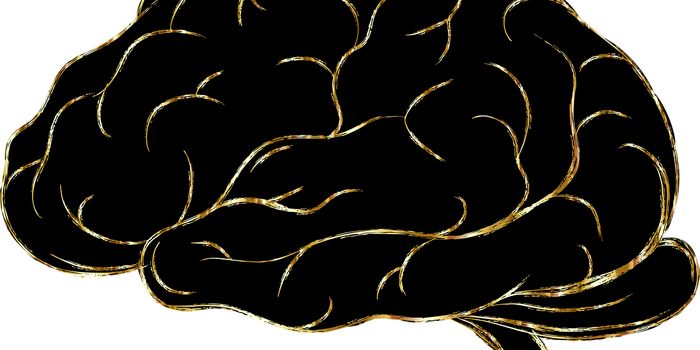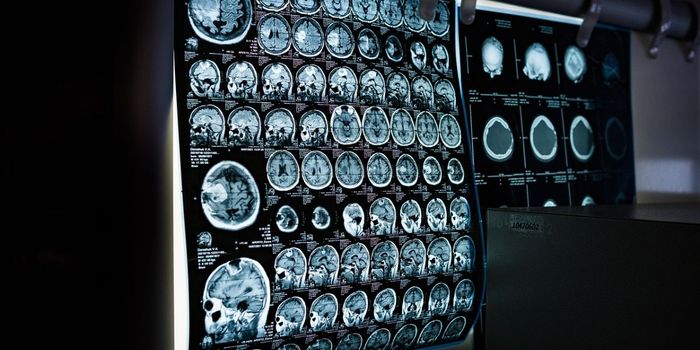Structural Changes In The Developing Brain
Fairness is a concept that is difficult to define for most people, because, in life, not everything is always fair. It's a common complaint of young children, "That's not fair!" when toys are being divided, or treats are being handed out.
As it turns out, the concept of fairness and what others deserve in addition to what young people believe they deserve is tied to brain development. In particular, it's structural developments in the frontal cortex area of the brain that correlate with fairness, according to a new study from researchers at Dartmouth.
We know from previous research studies that some parts of the brain are directly involved in our social behavior. How we perceive others and how we decide to treat them is called "social inference." We take cues from our environment and our interactions with others and the brain processes this input, but the recent research is the first to show that this ability tracks along with structural changes during adolescence and occurs later than we think. Understanding the intentions of others along with our wants and needs is a complicated process.
During adolescence, the cortex of the brain thins out. It's not just a matter of the tissue changing; it's a result of the synapses in the brain organizing more efficiently in communicating messages throughout the brain as a child grows and learns. Patterns of neurotransmission change a great deal during the teen years, and this thinning of tissue is part of that.
So how did the team figure out that the concept of fairness was related to these structural changes? Study participants were chosen by age group and ranged from 9 to 23 years old. They were asked to play a game that involved dividing up a set amount of money. The volunteers were in two groups; proposers and responders. The object was to choose between two different allocations of $10. The proposers would choose between the two options and the responders got to decide whether to accept or reject the offer. The researchers told the players they had to determine using one of two different cognitive strategies and then, using computational modeling, the scientists analyzed how the decisions were made in different age ranges. Also, MRI scans were conducted to measure the cortical thickness of all the study participants.
Younger players tended to be more equitable in dividing up the money. The younger a child was, the more they sought to divide the funds equally among everyone in the game. The players who were older tended to consider other's feelings on why one player should get more than another, and if giving another player more money would pay off for them when the roles were reversed. The older players who thought beyond just dividing up the money equally showed cortical thinning and structural changes in two specific areas of the brain. They were the dorsal medial pre-frontal cortex which is the part of the brain involved in discerning the mental state of others and the posterior medial cortex that processes the visual appearance of facial expressions in others.
Senior author Luke Chang, an assistant professor in the Department of Psychological and Brain Sciences explained, "This work provides converging evidence in line with other research that the computation of inferring intentions is processed in the dorsomedial prefrontal cortex. We were surprised that this shift in preference for considering others' intentions occurred so late in development. Of course, younger children can infer the intentions of others, but we see that this ability continues to be refined well into late adolescence. This finding has potential implications regarding how much autonomy this age group should be given when making important social and ethical decisions, such as purchasing weapons, going to war, and serving on juries."
The short video below shows a time lapse of the areas in the brain that change as children progress through the teen years to young adulthood, take a look.
Sources: Dartmouth, PsychCentral.com, Scientific Reports









